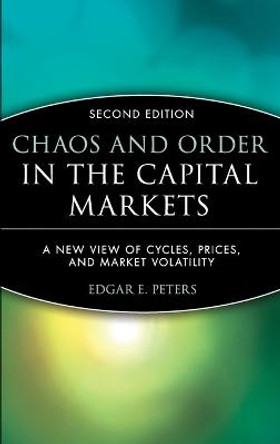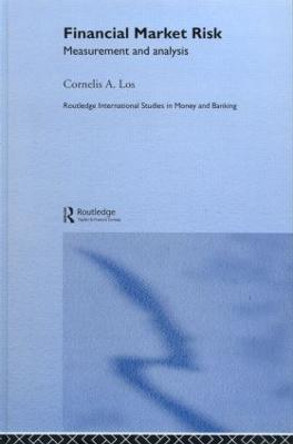Description
Patterns in the Dark draws on a broad range of human knowledge and experience to clarify the behavior of a system that now operates on a global, 24-hour, and thoroughly interconnected basis. Peters illuminates the complex operation of the marketplace by including keen observations drawn from science, mathematics, and artistic creation as well as economics. His models include the social visions of the Austrian economists, Darwinian ideas of evolution, the laws of physics, and the creative risks of the artist. His meditations on financial markets weigh the effects of limitations vs. rules, risks vs. uncertainty, and order vs. chaos.
As a guide to a world marketplace that has become increasingly complex and uncertain, Patterns in the Dark offers the investor a rich source of insight, illumination, and wisdom.
About the Author
EDGAR E. PETERS is Chief Investment Strategist for PanAgora Asset Management. He is the author of Chaos and Order in the Capital Markets: A New View of Cycles, Prices, and Market Volatility and Fractal Market Analysis: Applying Chaos Theory to Investment and Economics, both published by Wiley.
Reviews
Edgar E. Peters's latest book, Patterns in the Dark: Understanding Risk and Financial Crisis with Complexity Theory is not merely an autobiographical indulgence. The bulk of the book is Peters's lucent analysis expounding on the need for uncertainty. Whether he uses the example of genetic algorithms to show how randomness can lead a process to a goal even when the ultimate path is unknown, or if he simply shows how David Bowie's creation of Ziggie Stardust illustrates the integration of two seemingly contrary elements in the creative process (with a nod toward uncertainty as a requirement for stability), Peters's always seems to provide compelling insight into how global structure and local randomness interact.
Edgar E. Peters's latest book, Patterns in the Dark: Understanding Risk and Financial Crisis with Complexity Theory is not merely an autobiographical indulgence. The bulk of the book is Peters's lucent analysis expounding on the need for uncertainty. Whether he uses the example of genetic algorithms to show how randomness can lead a process to a goal even when the ultimate path is unknown, or if he simply shows how David Bowie's creation of Ziggie Stardust illustrates the integration of two seemingly contrary elements in the creative process (with a nod toward uncertainty as a requirement for stability), Peters's always seems to provide compelling insight into how global structure and local randomness interact.
Ultimately, the book's implications for "global structure" policymakers are more clear than any prescriptions that might be handed down to individual investors acting in an environment of local randomness. However, the discussions regarding various process models and their implications for economic activity are worth the price of admission alone. Interested investors ought to check it out.--("Fool On The Hill - An Investment Opinion" by Alex Schay - June 1999)
Book Information
ISBN 9780471239475
Author Edgar E. Peters
Format Hardback
Page Count 240
Imprint John Wiley & Sons Inc
Publisher John Wiley & Sons Inc
Weight(grams) 512g
Dimensions(mm) 237mm * 160mm * 22mm





